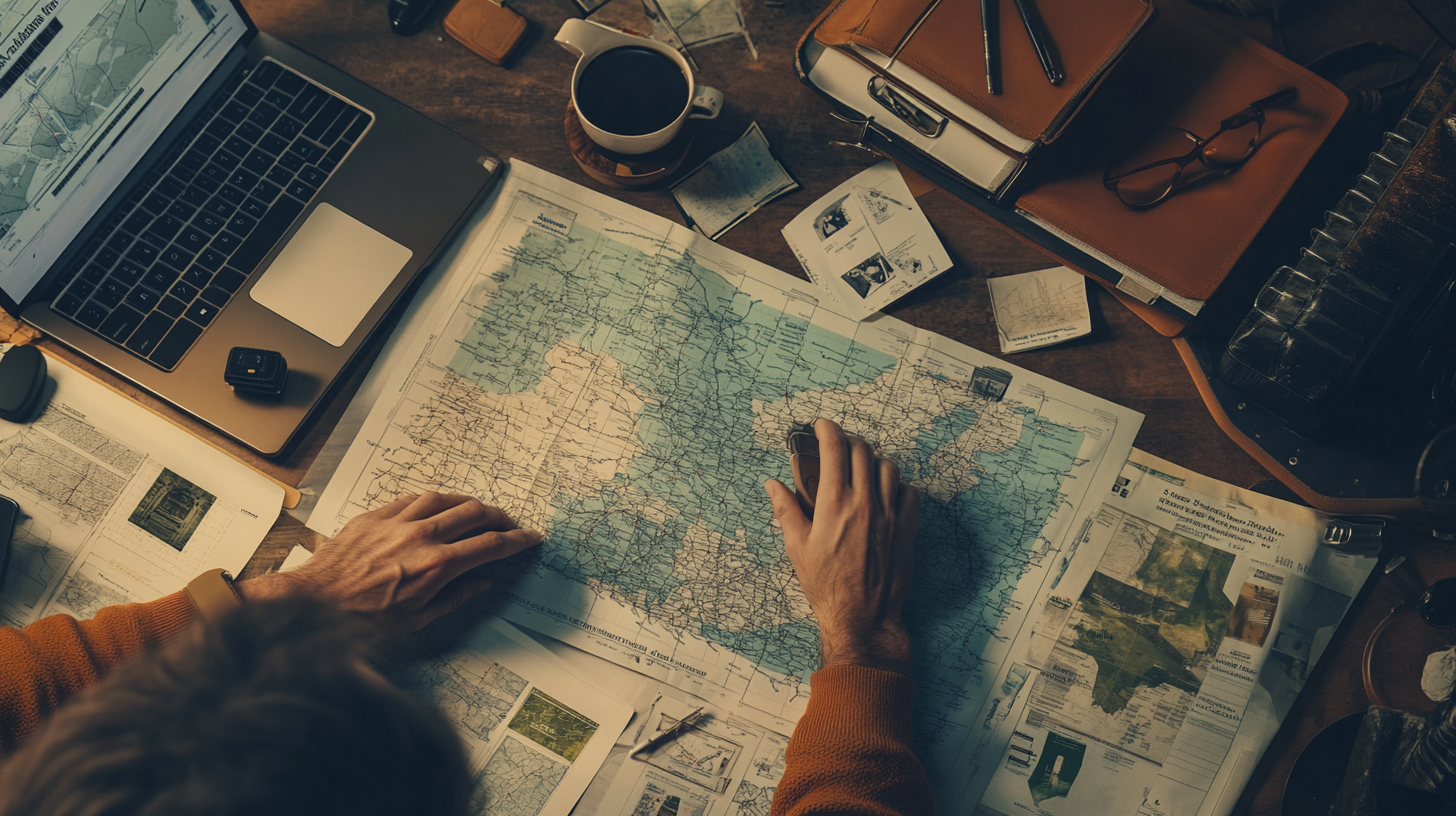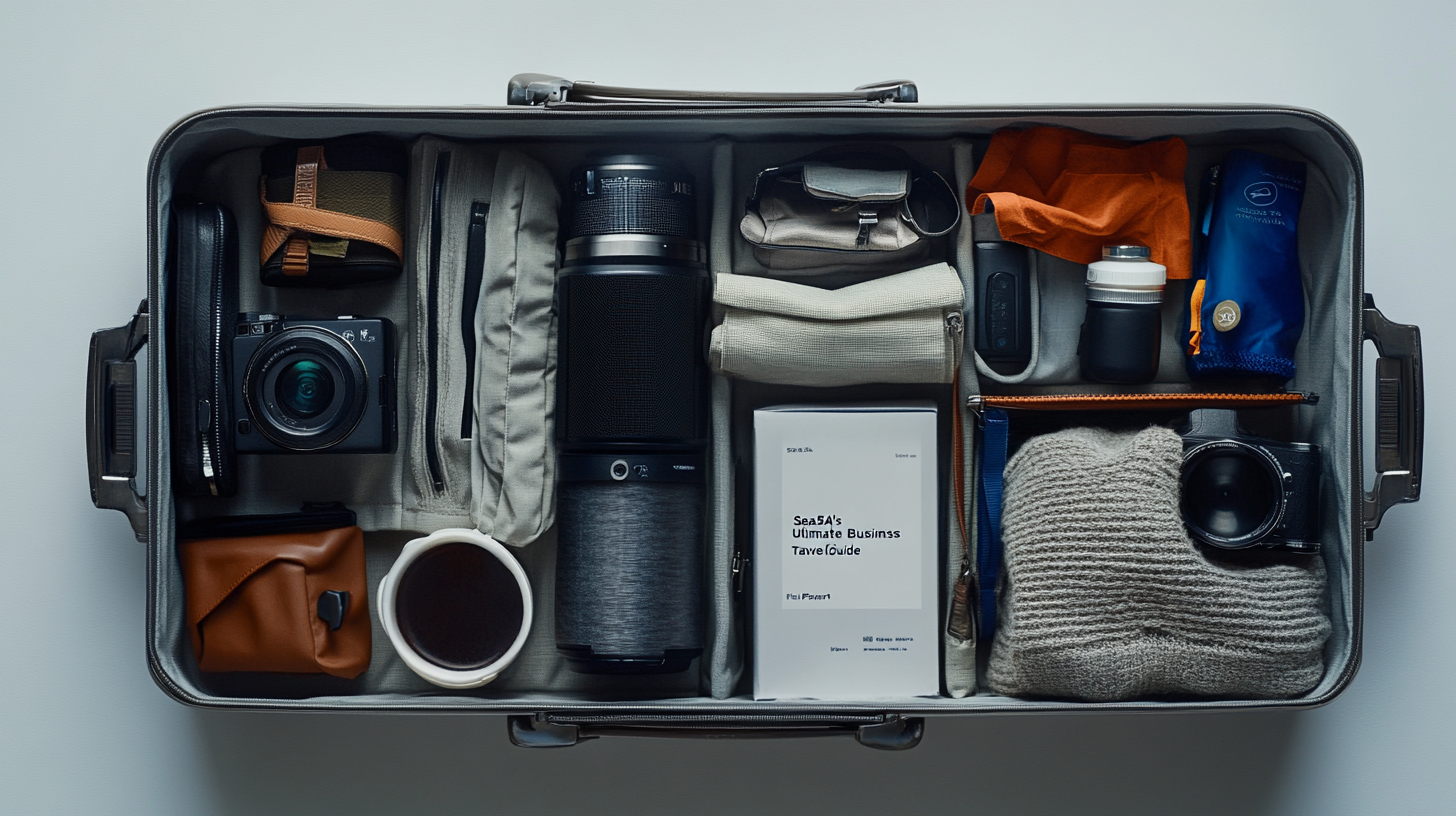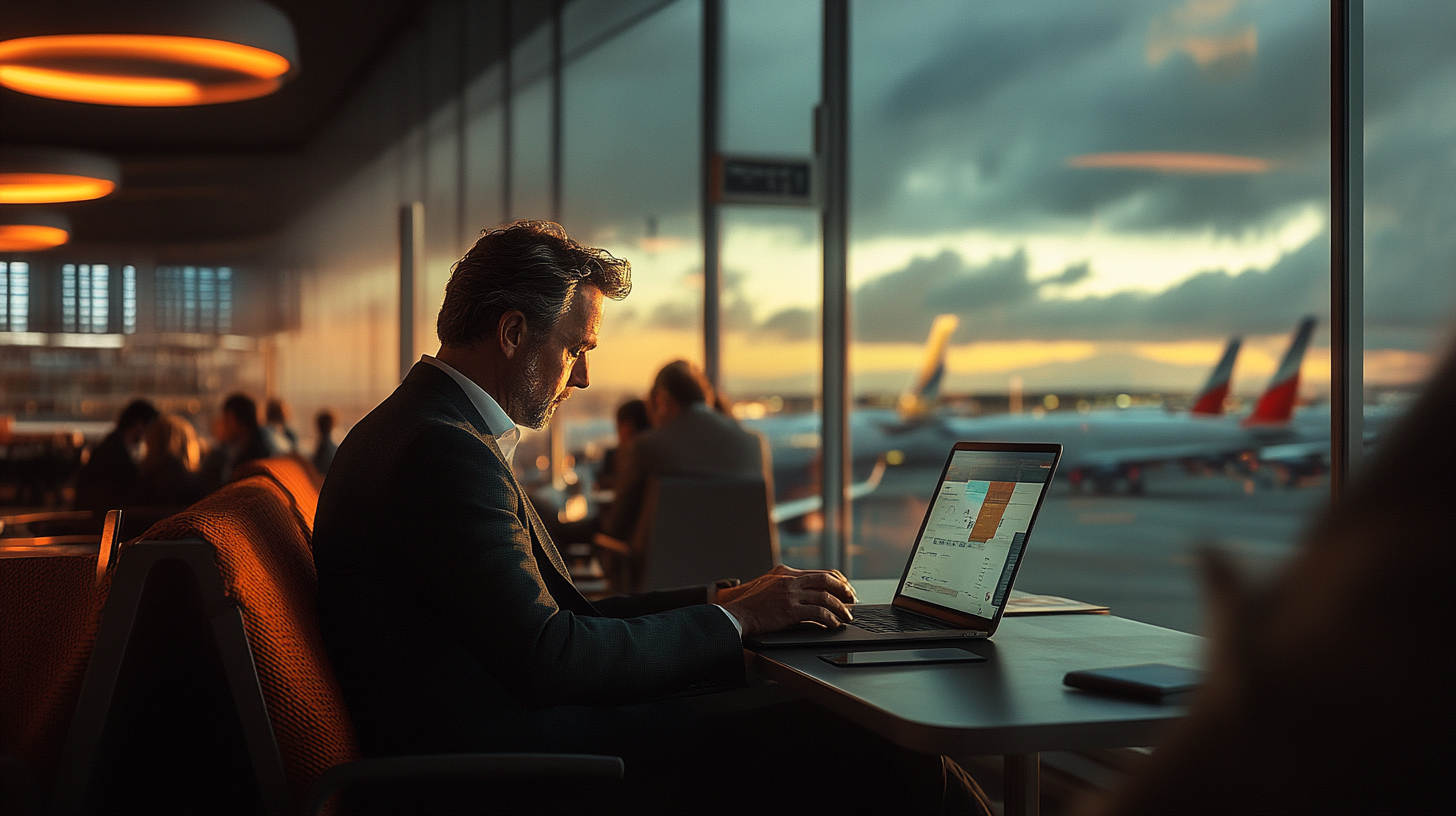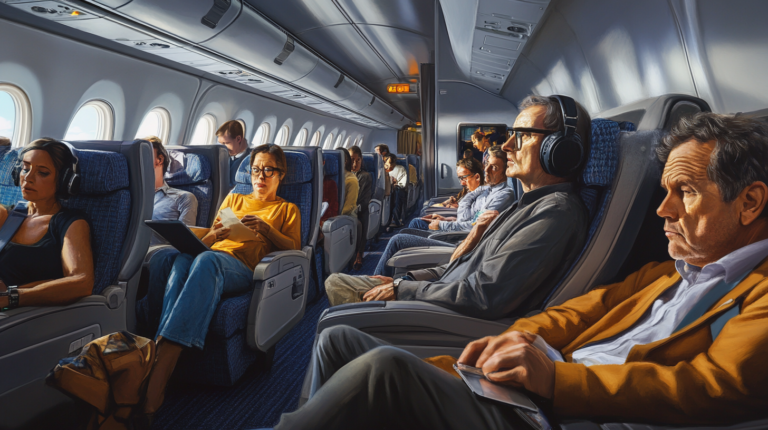Seat5A’s Ultimate Business Travel Guide

Business travel continues to be a catalyst for global growth, contributing around $1.3 trillion to the economy and offering abundant networking opportunities for professionals worldwide. In my travels, I’ve discovered that the difference between a stressful business trip and a fulfilling, productive journey often comes down to early planning and a desire to learn from every new experience.
1. Plan Ahead for Success

According to a 2024 Global Business Travel Association report, professionals who proactively map out their itineraries are 35% more likely to stay on schedule and achieve better outcomes on the road. In my own experience, crafting a meticulous timeline ensures I don’t miss essential meeting windows, especially when dealing with multiple time zones. I always try to book flights and hotels at least a few weeks in advance; not only does this help lock in favorable pricing, but it also prevents last-minute chaos.
I recommend keeping both digital and printed copies of important reservations in one place—like a dedicated travel folder or a cloud-based drive. This small step gives me peace of mind, particularly when I’m juggling tight connections or coordinating ground transportation in unfamiliar cities. By anticipating possible disruptions—like flight delays or unpredictable traffic—my back-up plans help me adapt with minimal stress.
2. Pack Smart

It’s remarkable how a well-thought-out packing strategy can transform an otherwise hectic business trip. I make it a rule to finalize my wardrobe list in advance and focus on versatile clothing, picking neutral items that can be mixed and matched for different meetings or events. This approach keeps my luggage light and my mind clear of what-to-wear dilemmas when the schedule gets busy.
Beyond clothes, I’ve learned to keep my “office on the go” ready—portable chargers, extra cables, and a reliable set of travel-adapter plugs. A recent survey suggests that 40% of business travelers find themselves stressed by insufficient gadget accessories. Having those essentials always pre-packed means one less worry before heading out the door. I also bring along small comforts, like noise-canceling headphones, to create a cocoon of focus during flights or in crowded lounges.
3. Manage Expenses Effortlessly

When it comes to business travel, juggling receipts and reimbursable expenses can turn into a hassle if not handled carefully. A well-known industry metric indicates that companies lose up to 5% of their travel budget due to mishandled paperwork each year. To counter this, I use apps like Expensify or Zoho, which allow me to snap photos of receipts on the go. Centralizing these details makes it easy to track every purchase, from airport shuttles to in-flight Wi-Fi access.
This streamlined approach also benefits company accounting—there’s no guesswork about policy compliance when my spending data is uploaded in real time. I often advise newer travelers to check in with their finance teams about approved providers. It eases stress, saves time, and ensures everyone remains on the same page regarding budgets and reimbursements.
4. Build a Comfortable Routine

Finding a sense of equilibrium when away from home can significantly impact productivity. In my own travels, small habits—like setting aside 15 minutes for a quick yoga stretch, or enjoying a podcast while commuting to a meeting—foster a sense of familiarity, no matter where I find myself. These small gestures remind me that I’m still in control, even amidst ever-shifting schedules.
Proper self-care may be the single most neglected factor in business travel. I learned early on to schedule regular meal times and stay hydrated. It sounds simple, but skipping breakfast in a rush or ignoring mid-day breaks can lead to fatigue and lost focus. Keeping a reusable water bottle on hand and prioritizing my rest makes me more resilient and alert throughout my trip.
5. Leverage Real-Time Technology

Today’s travel tools are evolving faster than ever—cloud-based platforms mine global data to predict flight disruptions and optimize booking strategies. According to an industry analysis in early 2025, nearly 60% of corporate travelers now rely on mobile apps that offer immediate notifications about gate changes or rebooking options. This accessibility lets me pivot quickly if something unexpected arises, like a sudden flight cancellation.
Moreover, modern platforms can integrate with corporate policies so that my preferences and spending guidelines are automatically applied. By simplifying these processes, I can focus on what matters: building relationships, delivering presentations, or researching innovative ideas. Real-time updates lower my stress level and keep expenses in check, boosting the overall quality of each trip.
6. Explore Bleisure Opportunities
I’ve always believed that weaving in a little personal discovery time doesn’t merely add fun to a trip—it can enhance professional life, too. After finalizing my client meetings or partner visits, I often set aside a day to explore local history, savor regional cuisine, or check out a neighborhood museum. According to industry data, nearly 1 in 5 business travelers extend their stay for personal pursuits, finding it beneficial for both relaxation and professional networking.
The best connections sometimes happen outside the boardroom. When you have the chance to invite clients or colleagues to a cultural event or a local festival, it can spark fresh conversations and forge deeper bonds. From a productivity standpoint, these personal moments recharge my mind, making me more energized, creative, and ready for the tasks that lie ahead.
7. Stay Sustainable and Balanced
Environmental consciousness is no longer a fringe issue in corporate travel. Many organizations are actively encouraging green initiatives—like opting for train routes when feasible or prioritizing direct flights to cut down on carbon emissions. In my view, every incremental step contributes to a more sustainable future, especially when you consider the sheer volume of business flights worldwide. In fact, the International Air Transport Association (IATA) features comprehensive guides on how airlines are reducing emissions through optimized aircraft design and improved operational procedures.
For personal health and wellness, I’ve found that blending virtual meetings with in-person visits is an effective way to maintain balance. Adopting a “better, not more” approach upholds the value of essential face-to-face encounters without overcommitting to constant travel. This strategy has allowed me to preserve my energy levels, respect the environment, and remain productive year-round.
Final Thoughts

Business travel can be a gateway to new connections, ideas, and personal growth—especially when it’s organized with foresight and adaptability. From my vantage point, each trip is a chance to discover efficient work habits and an opportunity to find moments of joy and cultural immersion along the way. With evolving technology and shifting priorities around sustainability, we’re witnessing a renaissance in how professionals move around the globe.
My advice is simple: approach business travel with mindfulness, leveraging the right tools and routines to keep burnout at bay. When done thoughtfully, every upcoming journey can shape your professional and personal horizons in meaningful ways.
Amelia Yeaher’s Take
Embracing a research-minded outlook has changed how I see every aspect of travel. For me, there’s always something new to learn—whether it’s the latest innovation in airline technology or a local custom that broadens my perspective. Business trips offer remarkable chances to investigate new places while refining my strategies.
Ultimately, I see each trip as part experiment, part exploration. These moments away from routine have helped me deepen my understanding of the world and shaped my creative drive to discover more ways we can optimize how we fly, meet, and connect.
Seat5A is always ready with fresh insights on making your next trip smooth, inspired, and unforgettable.






